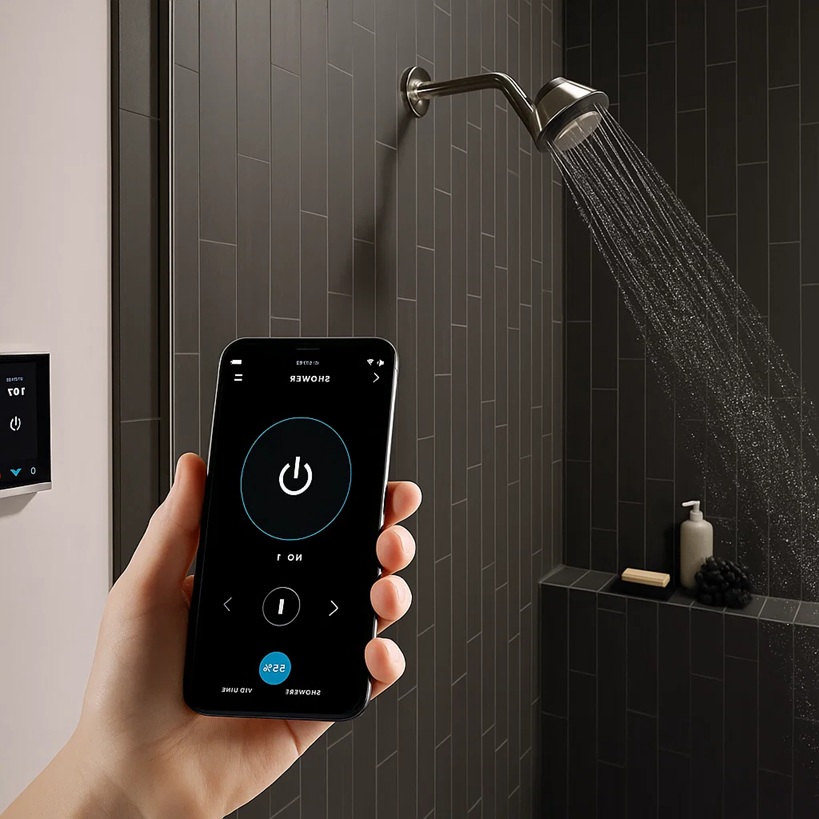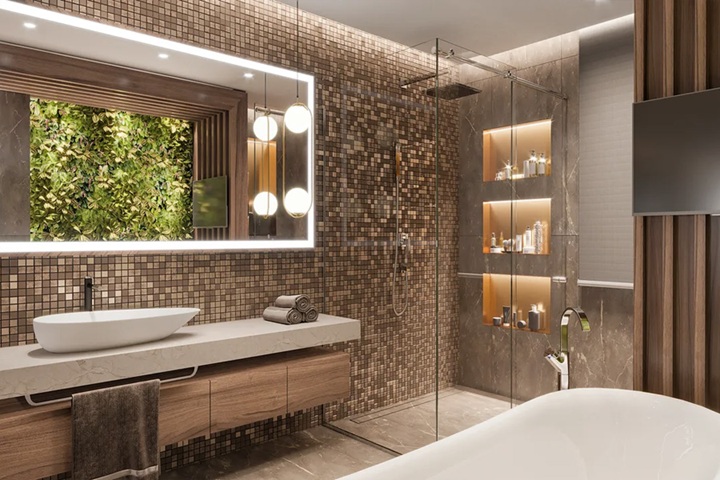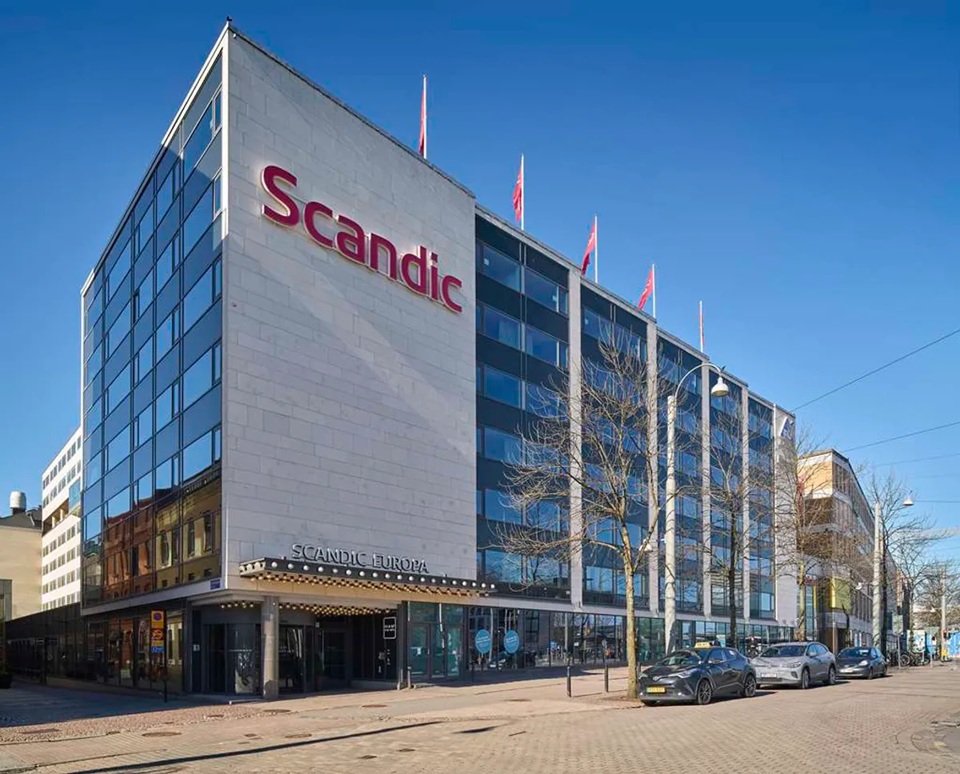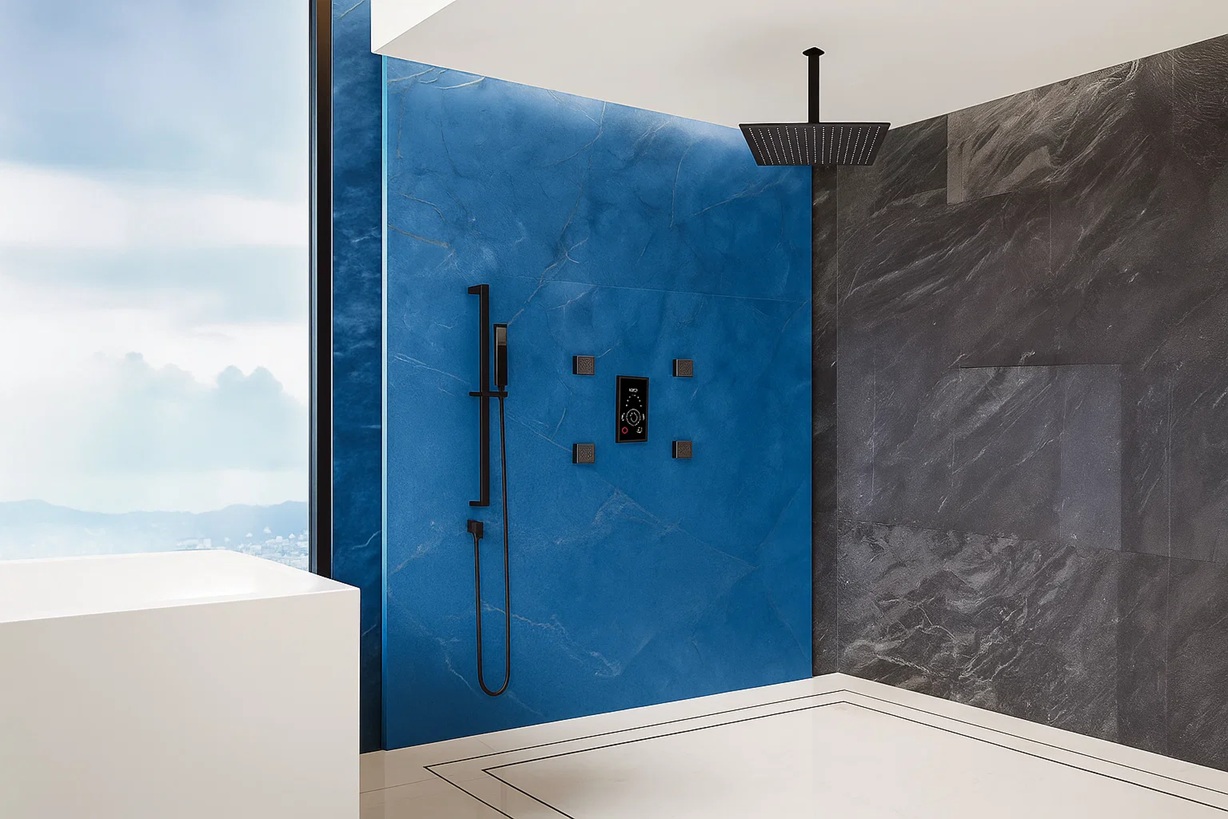Accessibility & Inclusive Design
Creating Showers for Every Guest, Without Exception
True hospitality means ensuring that every guest — regardless of ability, age, or mobility — feels welcome, safe, and cared for.
At Hospitality Showers, we believe that inclusive design is not an obligation but an opportunity — a chance to craft spaces that express empathy, dignity, and timeless style.
Modern accessibility standards are evolving beyond compliance checklists. The best hospitality showers today merge functionality, aesthetics, and universal usability, reflecting a new philosophy: design for all.
Beyond ADA Compliance: Designing With Empathy
While the Americans with Disabilities Act (ADA) and global accessibility standards (like BS 8300 in the UK or ISO 21542 internationally) provide the framework, true inclusion begins with understanding the lived experiences of all guests.
Inclusive shower design considers not just wheelchair accessibility, but also:
- • Temporary injuries or limited mobility.
- • Older guests requiring balance assistance.
- • Parents with young children needing adaptable layouts.
- • Neurodivergent guests who may prefer predictable, sensory-friendly environments.
“Accessibility is not about accommodation — it’s about anticipation.”
— Elena Rodríguez, Architect, Studio Forma, Madrid.
Reference: ADA Standards for Accessible Design, 2024 Update; Inclusive Hospitality Design Guide, 2025.
Key Features of Accessible Showers
An inclusive hospitality shower prioritizes independence, safety, and comfort — without sacrificing style.
Zero-Threshold Entries
For smooth, roll-in or walk-in access that promotes mobility and elegance.
Slip-Resistant Flooring
Matte finishes and high traction ensure safety without compromising aesthetics.
Foldable or Built-In Seating
Comfort and flexibility designed for guests of all mobility levels.
Adjustable Handheld Showerheads
Ergonomic grips and long hoses provide effortless use for all guests.
Grab Bars
Stylish, coordinated finishes that blend safety into luxury interiors.
Contrasting Surfaces
Improves visibility and navigation for guests with visual impairments.
Today’s leading designers integrate these features seamlessly — turning safety requirements into aesthetic statements.
Reference: Universal Design Handbook, 3rd Edition (2025).
Aesthetic Integration: Function Meets Form
One of the most significant evolutions in accessibility is invisible inclusion — designs that serve accessibility needs without appearing “institutional.”
Trends redefining the visual language of inclusive showers:
- • Flush-mounted grab bars in brushed brass or matte black.
- • Integrated seating made from natural stone or composite surfaces.
- • Curbless glass enclosures maintaining minimalist continuity.
- • Soft lighting layers enhancing spatial perception and comfort.
“We can now create ADA-compliant spaces that feel like high-end spas — refined, beautiful, and human-centered.”
— Laura Kim, Senior Interior Designer, Haven Boutique Hotel, Vancouver.
Reference: Hospitality Interiors Quarterly, Vol. 49 (2025); Design for Dignity Report, 2024.
Sensory Design: The Overlooked Dimension
Accessibility extends beyond physical mobility — it also embraces sensory comfort. Hotels are now implementing multi-sensory design strategies to support guests with neurodiverse needs or sensory sensitivities.
Acoustic Control Materials
Reduces echo and harsh reverberation, fostering a calmer sound environment.
Non-Glare Surfaces
Soft matte textures minimize glare and reduce visual strain for sensitive guests.
Neutral, Calming Palettes
Soft, nature-inspired tones aid relaxation and emotional regulation.
Simple Fixture Interfaces
Intuitive controls reduce cognitive load, promoting ease and confidence.
This approach aligns with the growing global movement toward neuroinclusive hospitality — recognizing that cognitive accessibility is as vital as physical.
Reference: Sensory-Friendly Design Standards, 2025; Neurodiversity in Built Environments, RIBA Review 2024.
Space Planning & Layout Efficiency
For hotels with varying room sizes, accessibility must be achieved without compromising layout efficiency or style.
Key space-planning innovations include:
- • Modular bathroom designs adaptable for accessible and standard rooms.
- • Movable partitions or privacy screens to reconfigure layouts.
- • Integrated underfloor drainage to eliminate bulky ramps or lips.
- • Smart spatial zoning that provides 60” (1525mm) turning clearance without feeling clinical.
This balance between compliance and comfort reflects the evolution of inclusive architecture — functional, discreet, and elegant.
Reference: Architectural Design for Hospitality Environments, Vol. 14 (2024).
Inclusive Technology: Smart Systems for Autonomy
Technology is transforming accessibility from reactive to empowering. New innovations in hospitality showers include:

Touchless Activation Sensors
Contact-free control of water flow and temperature for effortless comfort and hygiene.

Voice-Controlled Digital Systems
Natural voice commands assist guests with limited dexterity and improve independence.

Memory Presets
Stores preferred temperature and spray patterns across connected smart hotel suites.

AI-Assisted Maintenance
Detects leaks and abnormal temperatures early, preventing downtime and slips.
Combining smart tech with universal design enhances autonomy and dignity — hallmarks of inclusive luxury.
Reference: Smart Accessibility Innovations Report, 2025; Hospitality Technology Review, Issue 103.
Global Inspirations: Accessibility Done Beautifully
Across the world, hospitality brands are redefining inclusive luxury — combining accessibility, craftsmanship, and cultural elegance to elevate guest experience.

The Langham, Chicago
Features marble-lined roll-in showers with integrated benches and linear drains, achieving ADA compliance with timeless elegance.

Aman Kyoto, Japan
Uses natural materials and level thresholds to blend accessibility with Zen-inspired serenity.

Scandic Hotels (Europe)
An industry pioneer in inclusive hospitality, Scandic designs over 10,000 accessible rooms annually — setting global benchmarks for comfort and safety.
Reference: Scandic Accessibility Standards Whitepaper, 2024; Aman Kyoto Design Portfolio, Kerry Hill Architects.
The Business Case for Inclusive Design
Accessibility isn’t just ethical — it’s economically strategic. According to World Tourism Organization (UNWTO) data, the global accessible travel market exceeds $70 billion annually, and travelers with accessibility needs often demonstrate higher loyalty and longer stays.
Hotels investing in inclusive shower design not only broaden their guest reach but also strengthen brand reputation and ESG (Environmental, Social, and Governance) performance.
Reference: UNWTO Accessible Tourism Market Insights, 2024; Hospitality ESG Index, 2025.
Building for Longevity: Designing for Life Cycles
Aging populations across Europe, North America, and Asia mean that accessibility is fast becoming mainstream design logic. Designers increasingly adopt the “lifecycle design” approach — crafting adaptable spaces that evolve with user needs over time.
Stage 1: Adaptability
Design for change — flexible bathroom layouts, modular fixtures, and reconfigurable elements allow properties to evolve as guest demographics shift.
Stage 2: Longevity
Durable materials and universal interfaces reduce renovation frequency and extend product life cycles while ensuring accessibility.
Stage 3: Sustainability
Lifecycle design lowers embodied carbon and supports circular design goals — integrating maintenance and reuse into long-term strategy.
Stage 4: ROI & Resilience
Future-proof design enhances return on investment, minimizes downtime, and strengthens ESG performance over time.
Reference: Design Futures Report, World Architecture Forum, 2025.
Conclusion: Inclusion Is the New Standard of Luxury
The most memorable hospitality experiences are those where every guest feels seen, safe, and valued. Accessibility and inclusive design turn that vision into reality — transforming compliance into creativity, and obligation into opportunity.
At Hospitality Showers, we celebrate the designers, engineers, and hoteliers leading this change — proving that true luxury lies not in exclusivity, but in inclusivity.



